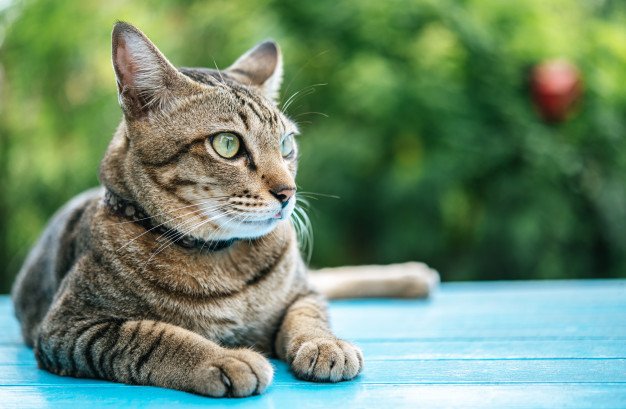The nootropics market has recently been overtaken by a miraculous substance, known as CBD oil. Cannabidiol, its full name, is actually one of the numerous compounds found in the cannabis Sativa plant, which unlike most of the other compounds, is very low on THC levels.
It’s considered to do wonders for both physical and mental health by affecting the endocannabinoid system which is responsible for regulating the memory as well as the feeling of pain, sleepiness, anxiety, stress, and much more.
Nevertheless, humans aren’t the only ones experiencing the benefits of this drug. Many pet owners have tried to improve their pets’ wellbeing by using CBD, especially for their dogs and cats. It has nearly identical benefits as the ones it has on humans.
Nowadays, you won’t have any problem finding a dog or a cat page, selling this oil online. If you aren’t still persuaded by the potential effects of CBD on your dog’s health, then the following benefits will certainly change your mind.
Alleviates pain and inflammation:
Pets are experiencing pain and inflammation more often than you think. This unpleasant feeling can be caused by an injury that results in sprained joint or paw, arthritis which develops gradually as pets grow older, problems with the digestive system which cause inflammation of the internal organs, or skin inflammation which can easily turn into an infection.
Dogs and other pets are showing signs that they aren’t in their best shape, which you are supposed to recognize in order to relieve them from the discomfort they’re feeling. Perhaps the most common indicator of experiencing pain is having trouble walking which is demonstrated by raising the injured leg in the air.
Other signs include: showing no excitement towards everyday activities such as playing around or taking a walk; lack of appetite, excessive sleeping, and licking the place where they feel pain.
CBD oil uses its anti-inflammatory traits to manage the pain and inflammation reception in the brain. It influences the way in which receptors respond to the pain signals which the body is sending to the brain. Read more about its benefits on chronic pain.
Reduces anxiety:
You’ve probably wondered countless times what provokes your dog’s aggressive behavior. The answer is unbelievably simple; anxiety. Dogs can be as anxious as humans or even more, as they can’t channel their stress and anger through conversation, only through producing loud noises or destroying the furniture at your home.
This anxiety can be related to separation, as many dogs get nervous when their owner leaves the house. It can also result out of fear from an unexpected noise or a person which they haven’t seen before.
CBD reduces anxiety and stress levels by affecting the hormone serotonin, which is known as the hormone of happiness. It doesn’t have a direct impact on the serotonin level, but it influences the brain receptors which respond to this hormone.
Treating epilepsy:
Epilepsy is actually a quite common medical condition in dogs, resulting from the improper function of the nervous system. When your dog’s nervous system doesn’t function in the manner it’s supposed to do, it’ll affect its movements which simply go out of control. Dogs are losing balance, falling frequently for no reason, fighting with imaginary enemies, etc.
In case you’ve noticed this type of symptoms just once, then your dog probably had a seizure. However, if these symptoms become repetitive, it’s a certain indicator of epilepsy.
CBD helps in the treatment and prevention of epilepsy by affecting the endocannabinoid system, responsible for maintaining the balance of our nerve functions. Although you can find this substance in both oil and tablet form, the former one is easier to administer as you can put drops into your dog’s food or directly to its tongue. If you’re not sure about the proper dosage, visit the following link: caninejournal.com/cbd-dosage-for-dogs, to clear things up.
Wrap up:
Being a pet owner means looking after your dog or cat by providing it with good nutrition and care, but also noticing its sudden physical and behavioral changes.
In case you recognize some pain, anxiety, or epileptic signs, CBD oil is the right cure to choose!
Read Also:























